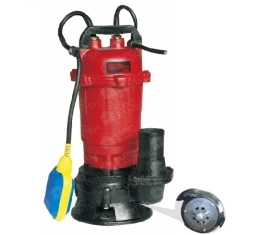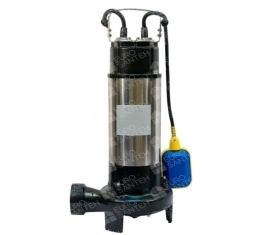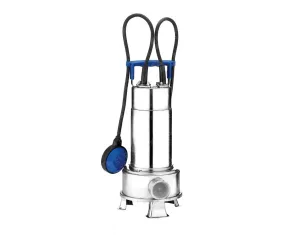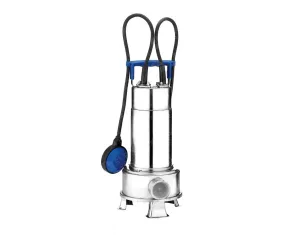Drainage pumps for sewerage
Drainage pumps for sewerage play a crucial role in modern urban infrastructure, ensuring the efficient removal and management of wastewater from residential, commercial, and industrial areas. These pumps are instrumental in maintaining the functionality of sewerage systems, preventing flooding, and safeguarding public health and the environment.
One of the primary functions of drainage pumps for sewerage is to facilitate the movement of wastewater through the sewer network. In urban areas with varying topographies, gravity alone may not be sufficient to transport sewage to treatment facilities or disposal sites. In such cases, drainage pumps are strategically installed at key points within the sewer system to lift and propel wastewater to its destination. This ensures proper drainage and prevents backups and overflows, which could lead to unsanitary conditions and health hazards.
Efficiency is a critical factor when selecting drainage pumps for sewerage systems. Modern pumps are designed to operate effectively while minimizing energy consumption and operational costs. Manufacturers utilize advanced engineering and materials to create pumps with high flow rates and optimized performance, ensuring that wastewater is swiftly and reliably moved through the system. Additionally, energy-efficient features such as variable speed drives and smart controls help optimize pump operation based on demand, further reducing energy usage and expenses.
Reliability is paramount in sewage pumping applications, as system failures can have significant consequences, including property damage and environmental pollution. To ensure reliable operation, drainage pumps for sewerage are constructed with durable components and undergo rigorous testing to withstand harsh operating conditions. Routine maintenance and proactive monitoring are also essential to detect potential issues early and prevent costly breakdowns. Moreover, backup systems and redundancy measures are often implemented to provide fail-safe operation and minimize downtime in the event of pump failures.
Environmental sustainability is a growing concern in wastewater management, prompting the development of eco-friendly solutions for sewage pumping. Many modern drainage pumps are engineered with energy-efficient motors and hydraulics, reducing their carbon footprint and environmental impact. Additionally, manufacturers are increasingly incorporating features such as variable frequency drives and energy recovery systems to maximize efficiency and minimize resource consumption. Furthermore, the use of eco-friendly materials and manufacturing processes helps reduce waste and pollution throughout the product lifecycle.
When designing sewerage systems, it's essential to consider the specific requirements and challenges of each application. Factors such as flow rate, head pressure, pipe diameter, and distance to the treatment facility or discharge point must be carefully evaluated to determine the appropriate pump size and configuration. Additionally, factors such as potential for future expansion, maintenance accessibility, and regulatory compliance should be taken into account to ensure the long-term effectiveness and sustainability of the system.
In conclusion, drainage pumps for sewerage play a vital role in the efficient and reliable operation of urban wastewater infrastructure. By effectively managing the flow of wastewater, these pumps help prevent flooding, protect public health, and preserve the environment. As technology advances and environmental awareness grows, the development of innovative and sustainable sewage pumping solutions will continue to drive improvements in wastewater management practices.









